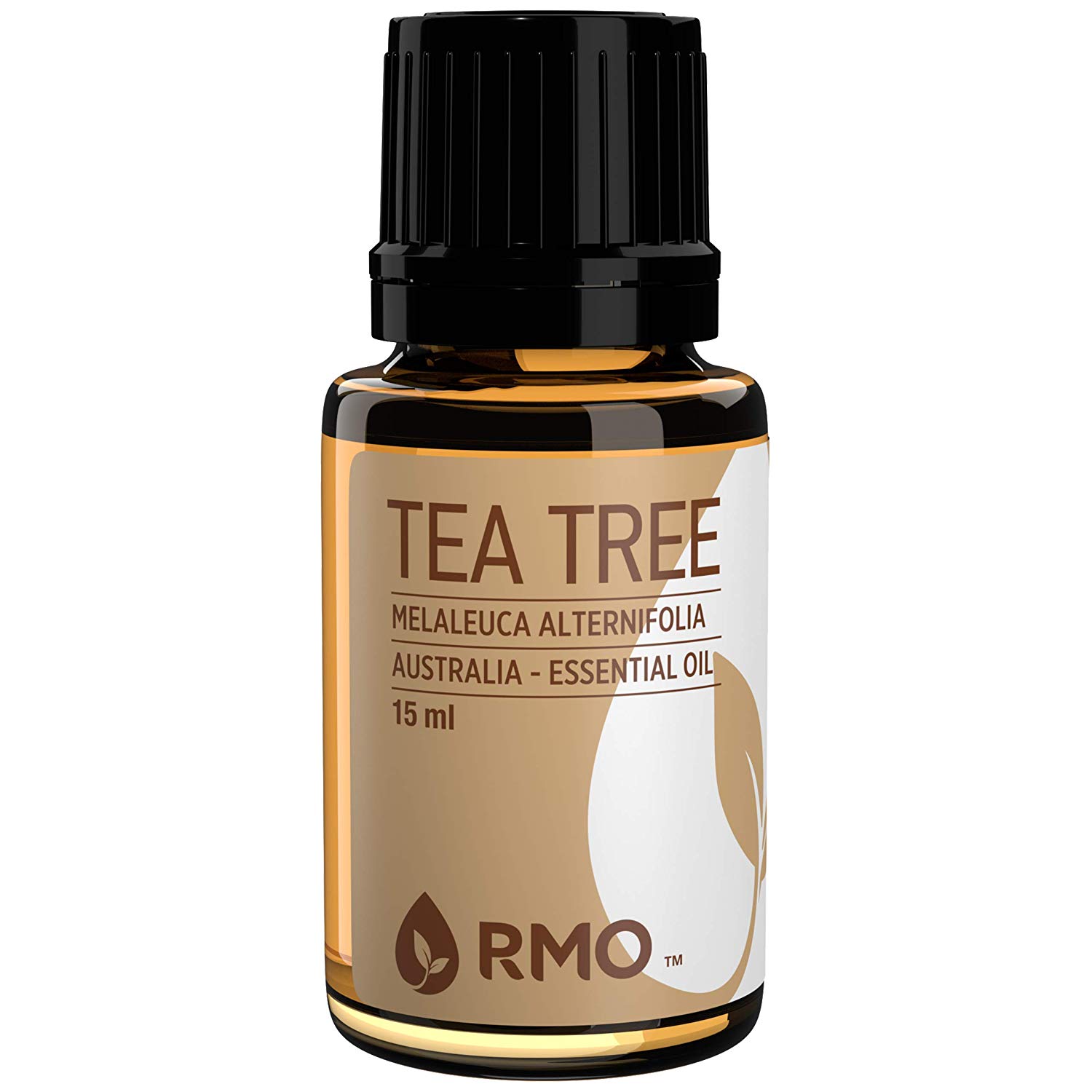9 Tea Tree Oil Uses
for Your Body, Mind and Spirit!
There are many tea tree oil uses for the body when added to a massage oil or cream, but there are also many uses for the oil as a natural cure for many aches and pains we experience regularly.
Massage therapists have added tea tree oil to carrier oils and lotions, to aid their clients in the natural healing process for many years.
It is a nature-made antiseptic, and is found in many health care products to help fight infection, bee stings, burns and cuts.
Origin of Tea Tree Oil
Tea tree essential oil (also known as Melaleuca) originates from the evergreen tree, which grows in the moist and sunny regions of Australia. It's botanical name is Melaleuca Alternifolia. It grows as a tall shrub and produces leaves from which tea tree oil is produced.
From history, we know that a British ship captain named John Cook, noticed these aromatic plants when he landed at New South Wales, Australia in 1770. Natives introduced him to the healing power of the leaves, which were used to treat cuts and wounds.
After learning about this plant, Captain Cook was very excited to share tea tree essential oil with England, as new medicinal products were always desperately needed.
And so...natural tea tree oil uses began.
Nowadays, organic tea tree oil can be found in many health care products we use on a daily basis such as lotions, shampoos, deodorants, antiseptics and soaps, primarily because of it's natural antiseptic properties.
Tea Tree Oil Uses
1. Antibacterial - One of the main benefits of tea tree oil is its ability to act as an antibacterial disinfectant for cuts and abrasions of the human body, but it is also known for this because it kills all three infection organisms: bacterial, viral and fungal. It has even been shown to fight some types of infection that cannot be treated with antibiotics.
2. Respiratory Aid - Another one of the benefits of tea tree oil is its ability to fight respiratory illnesses. Anything from cough, sore throats and runny nose to major respiratory issues like asthma and bronchitis, tea tree oil is a natural, effective solution.
3. Oral candidiasis - (also known as thrush) a fungal infection that attacks the throat and mouth
4. Acne and inflamed skin - 1-2 drops mixed with an 1/2 ounce of witch hazel. This calms redness and swelling and may even help to prevent acne scars.
5. Toenail fungus - just apply 1-2 drops directly on the toe, as well as slightly underneath and around the toenail
5. Boils and warts - just 1-2 drops directly on the skin
6. Gingivitis, plaque, bad breath and inflamed gums - just add 2-3 drops of tea tree oil to 1 cup warm water, and use 2-3 times per day. You can also add 1 drop to your toothpaste when brushing teeth.
7. Congestion - add 2 cups boiling water to a large glass/ceramic bowl with 3-5 drops of tea tree oil. Bend over and breathe the steam from the bowl, with your entire head and bowl covered with a towel. Breathe the steam as long as it lasts.
8. Lice and Dandruff - use shampoos that have at least 5% tea tree oil help to soothe dry skin by reducing irritation and itching. It has also been studied and found to be more beneficial than zinc oxide at treating eczema.
Precautions
Tea tree oil should not be:
- Swallowed
- Used on pregnant woman
- Used by women who are breast feeding
- Taken internally
- Used near eyes or genitals
Although organic tea tree oil uses include treatment of infection, using it undiluted on sensitive skin may cause itchiness and irritation on the skin. If taken internally, diarrhea or vomiting may result. Just use caution and seek medical attention if you show any symptoms of overuse like drowsiness, skin irritations, or confusion.
RMO's Tea Tree essential oil is the best for use at home in health and beauty recipes, or in massage therapy, especially when using aromatherapy techniques.
Tea tree oil uses are most common as an antiviral, antibacterial, anti-fungal, and anti-infection remedy, which makes it one of the most sought after oils in natural health all over the world. It is a very well-known natural cure for many ailments.
Go back to Best Essential Oils from Tea Tree Oil Uses

New! Comments
Have your say about what you just read! Leave me a comment in the box below.